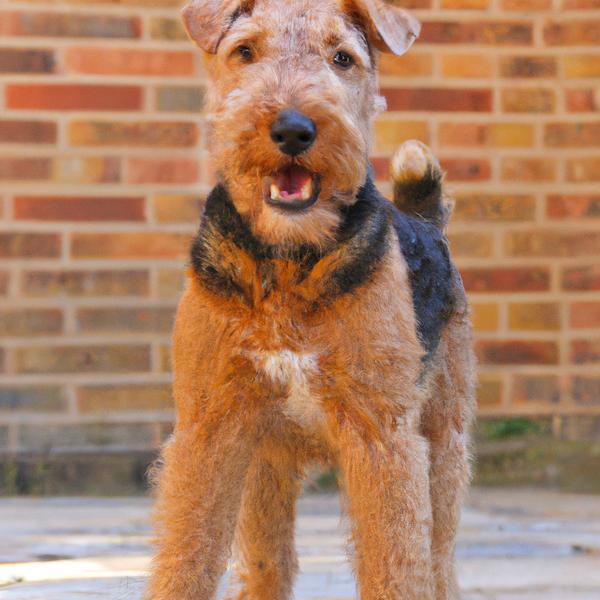Lakeland Terrier vs. Olde English Bulldogge: Breed Differences and Similarities
Weight Gain Potential
Which breed eats more: Lakeland Terrier or Olde English Bulldogge?
Lakeland Terrier has average risk of obesity, needs daily walks and quality diet to maintain healthy weight.
Olde English Bulldogge has high obesity risk, needs regular exercise and food control to maintain healthy weight.
Hypoallergenic
Are Lakeland Terriers or Olde English Bulldogges hypoallergenic, or neither?
While no dogs are truly 100% hypoallergenic, Lakeland Terriers are about as close as it gets, making them an ideal pet if you are an allergy sufferer.
Unfortunately, the Olde English Bulldogge is not hypoallergenic, making it not a good choice for a dog lover who suffers from pet allergies.
Temperament
What are the personalities of Lakeland Terrier and Olde English Bulldogge dogs?
Independent
Confident
Intelligent
Bold
Friendly
Trainable
Alert
Courageous
Friendly
Confident
Loving
Strong
Shedding Level
Do Lakeland Terriers shed more than Olde English Bulldogges, or which breed sheds more, Lakeland Terriers or Olde English Bulldogges?
Lakeland Terrier or Olde English Bulldogge dogs are not heavy shedders, but they will lose a significant amount of hair each year. To decrease the amount of shedding, you can regularly brush your Lakeland Terrier or Olde English Bulldogge. This will remove loose hair and keep their coat growing in the same direction.
Watchdog Ability
Which dog breed makes a better watchdog, the Lakeland Terrier or Olde English Bulldogge?
Lakeland Terriers are decent watchdogs - they'll alert their owner if something seems amiss.
Olde English Bulldogges make excellent watchdogs - they're vocal and protective of their territory.
Origin
What is the origin of Lakeland Terrier and Olde English Bulldogge dog breeds?
England
United States
Ancestry
What are the origins of Lakeland Terrier and Olde English Bulldogge breeds?
Old English Wirehaired Terriers, Bedlington Terriers
English Bulldog, American Bulldog, American Pit Bull Terrier, Bull Mastiff
Date of Birth
When were Lakeland Terrier and Olde English Bulldogge breeds first developed?
1700s
1971
Breed Group
What is the Breed Group of Lakeland Terrier and Olde English Bulldogge?
Terrier (AKC:1934 & UKC)
Guardian Dog (UKC)
Eye Color Possibilites
What are the eye colors of Lakeland Terrier and Olde English Bulldogge dogs?
Brown
Brown
Amber
Nose Color Possibilites
What are the natural nose colors of Lakeland Terrier and Olde English Bulldogge?
Black
Black
Coat Color Possibilites
What are the natural colors of the coat for Lakeland Terrier and Olde English Bulldogge breeds?
Black
Gray
Brown
Red
Cream
Fawn
Blue
Silver
Sable
Brindle
Brindle
Gray
Fawn
Red
Brown
Coat Length
What is the typical coat length for Lakeland Terrier and Olde English Bulldogge breeds?
The coat of Lakeland Terrier and Olde English Bulldogge dogs ranges in length from short to medium.
Coat Density
What is the density of the coat of Lakeland Terrier and Olde English Bulldogge?
Coat Texture
What is the hair texture of Lakeland Terrier and Olde English Bulldogge?
Wiry
Straight
Litter Size
What is the usual litter size for Lakeland Terrier and Olde English Bulldogge?
A Lakeland Terrier can have a litter of 12-16 puppies on average. However, it's worth noting that the size of the litters can vary greatly. Factors that can influence litter size include the health of the mother, breeding history, and genetics.
An Olde English Bulldogge can have a litter of 11-13 puppies on average. However, it's worth noting that the size of the litters can vary greatly. Factors that can influence litter size include the health of the mother, breeding history, and genetics.
Adaptability
Lakeland Terriers have average adaptability to changes in lifestyle and living environments compared to other breeds.
Olde English Bulldogges are highly adaptable and versatile, making them excellent companions for families and individuals of all lifestyles.
Health Issues
Between Lakeland Terrier and Olde English Bulldogge, which breed is more prone to health problems?
Lakeland Terriers are susceptible to health issues like all breeds, so it's important to monitor their health and seek veterinary care when needed.
While the Olde English Bulldogge breed is generally healthy, occasional vet check-ups are still necessary to address any health concerns.
Major Concerns
What are the major health concerns for Lakeland Terrier and Olde English Bulldogge breeds?
Legg-Calve-Perthes Disease
Bloat
Minor Concerns
What minor health issues should be kept in mind when owning Lakeland Terrier and Olde English Bulldogge?
Patellar Luxation
Allergies
Eye Problems
Hip Dysplasia
Occasional Tests
What occasional tests are recommended for Lakeland Terrier and Olde English Bulldogge breeds?
Eye
Hips
X-Rays
Eye Examination
Physical Examination
Allergy Tests
X-Rays
Physical Examination
Energy
How do the energy levels of Lakeland Terriers and Olde English Bulldogges compare?
Lakeland Terriers thrive on an active lifestyle due to their high-energy nature.
Olde English Bulldogges are a good choice for a low-key lifestyle due to their low energy levels.
Social Needs
Lakeland Terrier vs Olde English Bulldogge social needs comparison
Lakeland Terrier and Olde English Bulldogge have above average social needs compared to other breeds. They thrive in environments where they have a lot of interaction with humans and other dogs.
Exercise Needed
Lakeland Terrier vs Olde English Bulldogge exercise need comparison.
Lakeland Terriers require significant physical activity and suit those with an active lifestyle.
Olde English Bulldogges need only a small amount of physical activity, ideal for busy or elderly people or those with limited space.
Sleeping Need
Which of the two sleeps the most/least: Lakeland Terrier or Olde English Bulldogge?
Lakeland Terriers are active and require sufficient sleep to stay healthy.
Olde English Bulldogges are known for their relaxed and calm nature and enjoy long periods of sleep.
Drooling Tendency
Which drools more/less, Lakeland Terrier or Olde English Bulldogge?
Lakeland Terrier minimally drools, ideal for those who dislike drool marks on clothing.
Olde English Bulldogge excessively drools, consider a different breed if not appealing.
Tendency to Bark
Do Lakeland Terriers or Olde English Bulldogges bark more/less frequently?
Lakeland Terriers bark moderately when necessary and may also bark due to certain triggers like fear, alarm, boredom, greeting, separation anxiety and compulsive barking.
Olde English Bulldogges are typically quiet and only bark when needed, such as to alert their owner or when in distress.
Territorial
Is the Lakeland Terrier or Olde English Bulldogge a better guard dog?
These breeds are known for being extremely protective and make excellent guard dogs. They possess a strong instinct to defend their territory and owners and have a high level of vigilance and alertness.
Mouthiness
Mouthiness Comparison: Lakeland Terrier vs Olde English Bulldogge?
Roaming urge
Lakeland Terrier vs Labrador: Running away tendency?
Prey Drive
Lakeland Terrier or Olde English Bulldogge - which breed has a higher level of prey drive?
Past times
What are some enjoyable activities and ways to keep Lakeland Terrier and Olde English Bulldogge entertained?
Dog Parks
Camping, Tug-of-war, Nap, Tricks & Trai, Bath time, Cuddling, Car rides, Walks, Walk, Sleep, Car ride, Cuddl, Playing, Soccer, Training, Swimming, Fetch, Dog Parks, Keep away, Water play, Road trip
Activity Level
Which breed has higher energy, Lakeland Terriers or Olde English Bulldogges?
Both Lakeland Terrier and Olde English Bulldogge are medium-energy dogs that enjoy socializing and playing with other dogs. They may engage in casual or sustained games of chase, and occasionally have bursts of barking or racing around the house.
Tolerance of being left alone
Walks per Week
How many miles should Lakeland Terrier or Olde English Bulldogge walk each week?
There's really no limit to how far you walk your dog as long as they're comfortable. For Lakeland Terrier, it's at least 9 miles / week. Just remember to build distance and stamina gradually over time.
There's really no limit to how far you walk your dog as long as they're comfortable. For Olde English Bulldogge, it's at least 14 miles / week. Just remember to build distance and stamina gradually over time.
Activity per Day
Do Lakeland Terriers or Olde English Bulldogges require more exercise?
Both Lakeland Terrier and Olde English Bulldogge typically require a minimum of 45 minutes of exercise each day. The exercise can be spread throughout the day and may involve high-energy activities like walking, running, and playing.
Grooming
Which breed is easier to maintain in terms of grooming, Lakeland Terriers or Olde English Bulldogges?
Lakeland Terriers have high grooming needs, requiring regular trims and professional grooming assistance to keep their coat healthy.
The Olde English Bulldogge is a low-maintenance breed that doesn't require much grooming.
Brushing Frequency
What is the recommended brushing frequency for Lakeland Terrier and Olde English Bulldogge dogs?
Lakeland Terrier and Olde English Bulldogge should be brushed at least once a week. Of course, you can give them more frequent brushes if you find that they are still shedding a lot.
Brushing Tools
What brushing tools are used for Lakeland Terriers and Olde English Bulldogges?
Slicker Brush
Deshedder
Clipper
Nail Clipper
Slicker Brush
Nail Clipper
Cups
How much food should be given to Lakeland Terrier or Olde English Bulldogge in cups?
For an average 15-17 pound (7 - 8 kg) Lakeland Terrier feed 1.3 cups daily. But, keep in mind, the amount you feed is going to be dependent on the quality of the food you are feeding.
For an average 60-80 pound (27 - 36 kg) Olde English Bulldogge feed 3 cups daily. But, keep in mind, the amount you feed is going to be dependent on the quality of the food you are feeding.
Daily Cost
Which breed has a higher daily cost, Lakeland Terrier or Olde English Bulldogge?
The average cost of a Lakeland Terrier is somewhere $1.40 - $1.80 per day.
The average cost of an Olde English Bulldogge is somewhere $2.10 - $2.80 per day.
Monthly Cost
Which breed has a higher monthly cost, Lakeland Terrier or Olde English Bulldogge?
The average per month expenses of a Lakeland Terrier is between $42 - $53. This makes an average of $504 - $636 per year. It will be on the higher side when the dog is still small because it will need more frequent visits to the vet, shots.
The average per month expenses of an Olde English Bulldogge is between $63 - $84. This makes an average of $756 - $1008 per year. It will be on the higher side when the dog is still small because it will need more frequent visits to the vet, shots.
Intelligence
Comparing Intelligence: Lakeland Terriers vs Olde English Bulldogges
Lakeland Terrier has below average obedience intelligence, but they excel in understanding human emotions.
Olde English Bulldogges are average in obedience intelligence but have a high IQ and may cause trouble if left unsupervised.
Sensitivity Level
How do Lakeland Terrier and Olde English Bulldogge compare in sensitivity?
Lakeland Terriers have average emotions and adapt well to different situations.
This breed is sensitive and requires gentle handling and a calm home environment.
Affection Dependance
Which is the more affectionate dog breed: Lakeland Terrier vs Olde English Bulldogge?
Apartment Friendly
Which breed is more apartment-friendly: Lakeland Terrier or Olde English Bulldogge?
The Lakeland Terrier is a great apartment dog, thriving with sufficient exercise and time outside as part of their daily routine.
Olde English Bulldogges make excellent apartment dogs, being fairly active indoors and not requiring a yard.
Child Friendly
Do Lakeland Terriers or Olde English Bulldogges have a friendlier temperament towards children?
Lakeland Terrier and Olde English Bulldogge are kid-friendly dogs. They are good with children and excellent dogs with children if they are socialized and trained at a young age.
Senior-friendly
Which dog is more suitable as a pet for the elderly - Lakeland Terrier or Olde English Bulldogge?
Cat Friendly
Do Lakeland Terrier or Olde English Bulldogge breeds have a better compatibility with cats?
Lakeland Terriers are not cat friendly.
Olde English Bulldogges are average in their friendliness toward cats and tend to do well with them, especially if raised together.
Dog Friendly
Which breed is more sociable with other dogs: Lakeland Terrier or Olde English Bulldogge?
Lakeland Terriers are not dog-friendly.
Olde English Bulldogges are average in their friendliness towards other dogs, and socialization can help.
Pet friendly
How do Lakeland Terrier or Olde English Bulldogge dogs interact with other pets?
Stranger Friendly
Which breed is more friendly with strangers: Lakeland Terrier or Olde English Bulldogge?
Lakeland Terriers are friendly but may bark at strangers, and training is easy due to their intelligence.
Olde English Bulldogges are averagely friendly around strangers but benefit from early socialisation.
Playfulness
Which breed is more playful between Lakeland Terrier and Olde English Bulldogge?
Lakeland Terriers are a playful breed that needs daily playtime to be happy.
Olde English Bulldogges are not known for being a highly playful breed.
Trainability
How do the trainability levels of Lakeland Terriers and Olde English Bulldogges compare?
Lakeland Terriers are usually easy to train but require consistency to fully obey commands.
Olde English Bulldogges may require more time and patience to learn commands, but with consistency, they can be trained.
Compare Lakeland Terrier with other breeds
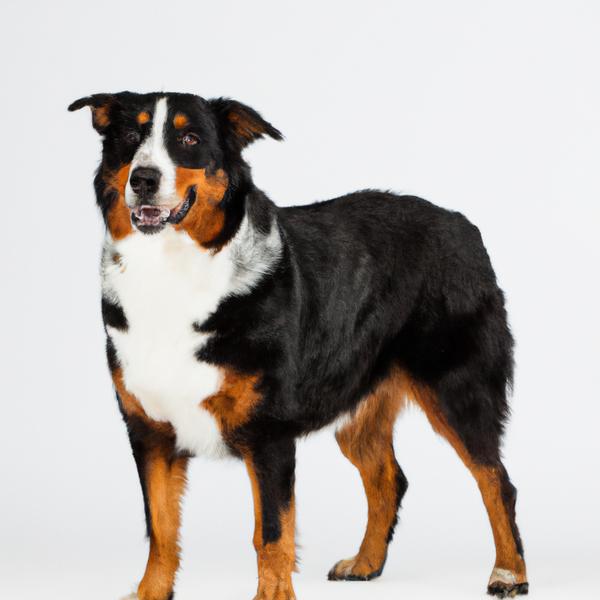
Bernese Cattle Dog
Lakeland Terrier vs Bernese Cattle Dog
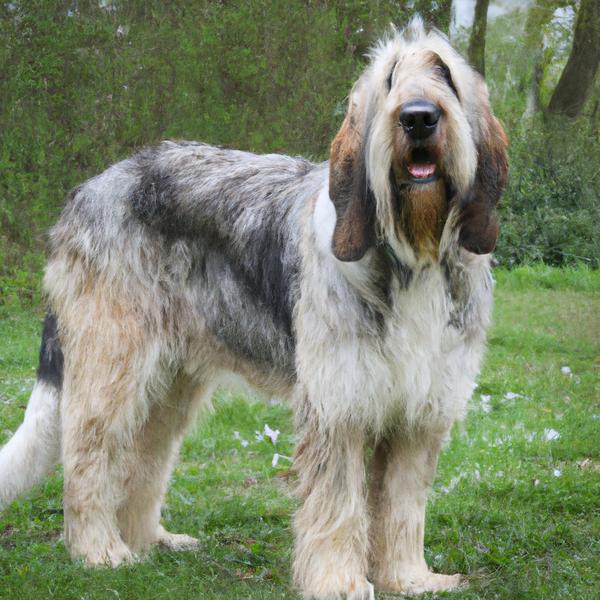
Grand Basset Griffon Vendeen
Lakeland Terrier vs Grand Basset Griffon Vendeen
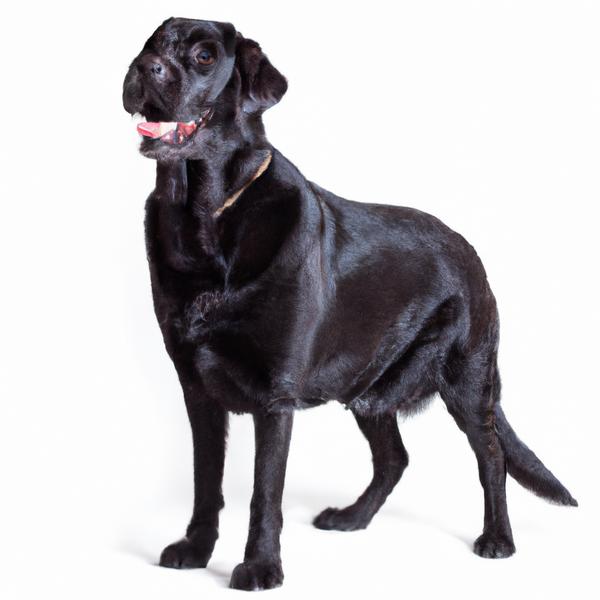
Labradinger
Lakeland Terrier vs Labradinger
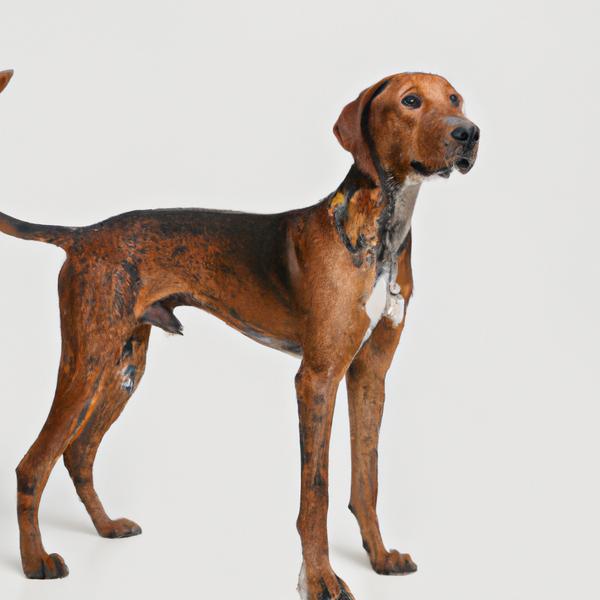
Pointer Bay
Lakeland Terrier vs Pointer Bay
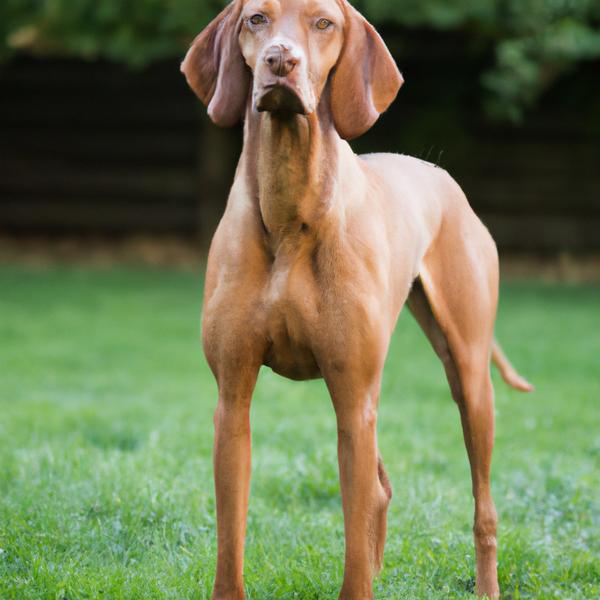
Vizsla
Lakeland Terrier vs Vizsla
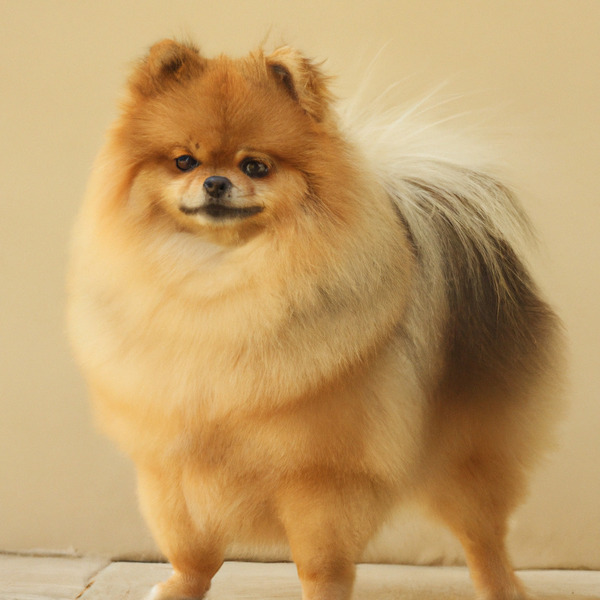
Pomeagle
Lakeland Terrier vs Pomeagle
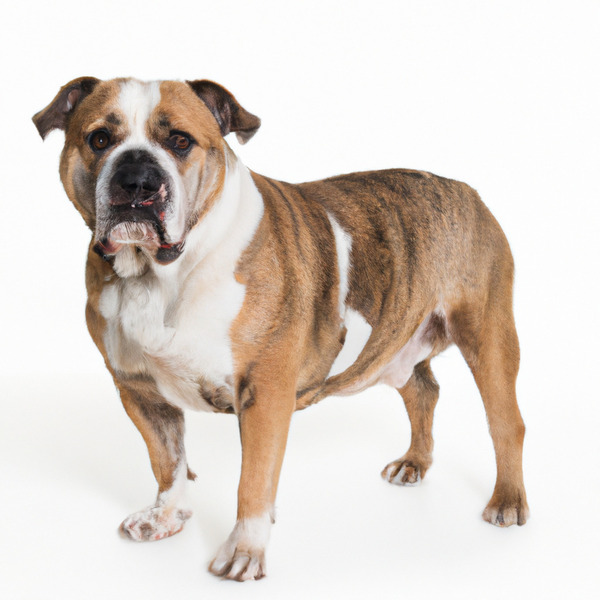
Olde English Bulldogge
Lakeland Terrier vs Olde English Bulldogge

Cava-Chin
Lakeland Terrier vs Cava-Chin
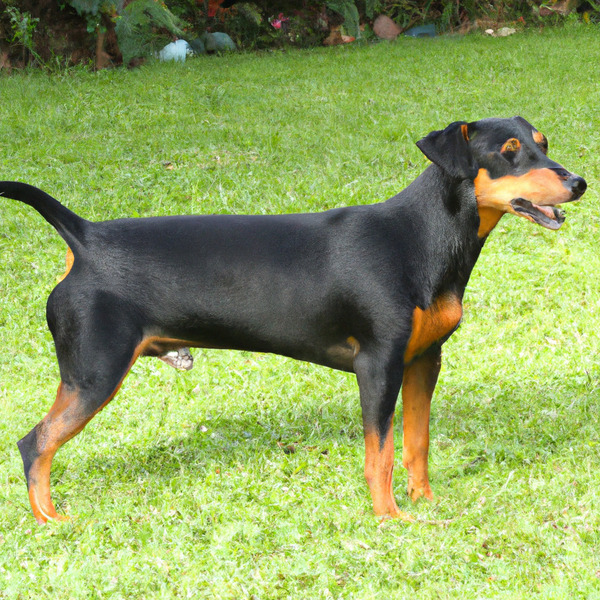
Decker Hunting Terrier
Lakeland Terrier vs Decker Hunting Terrier
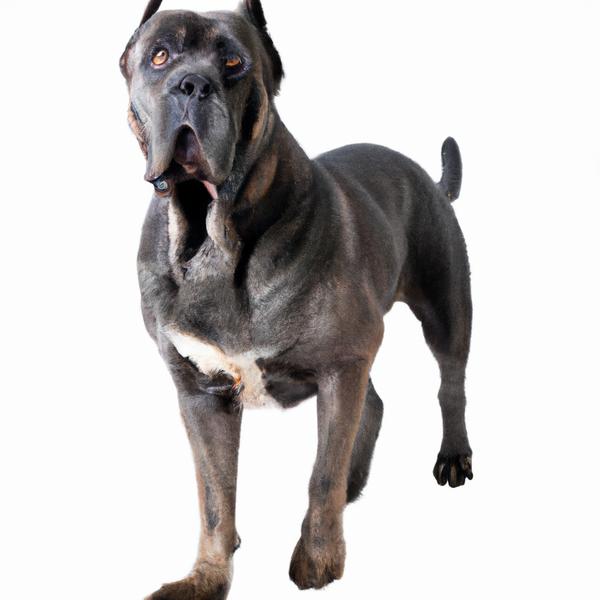
French Mastahoula
Lakeland Terrier vs French Mastahoula

Soft-Coated Wheaten Terrier
Lakeland Terrier vs Soft-Coated Wheaten Terrier
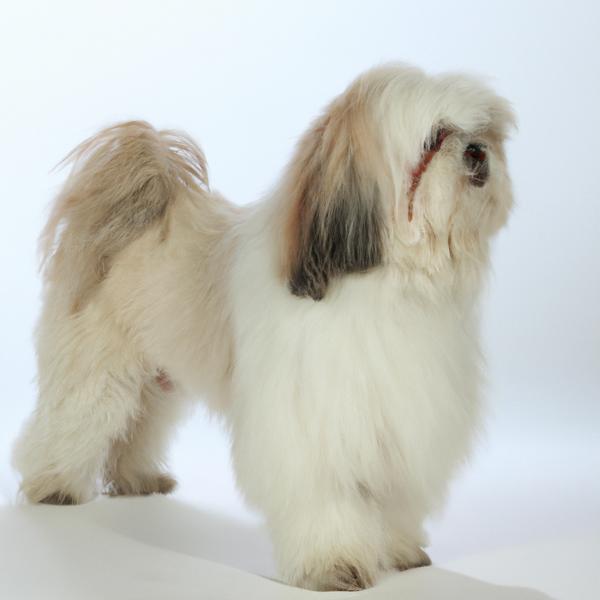
Coton Chin
Lakeland Terrier vs Coton Chin
